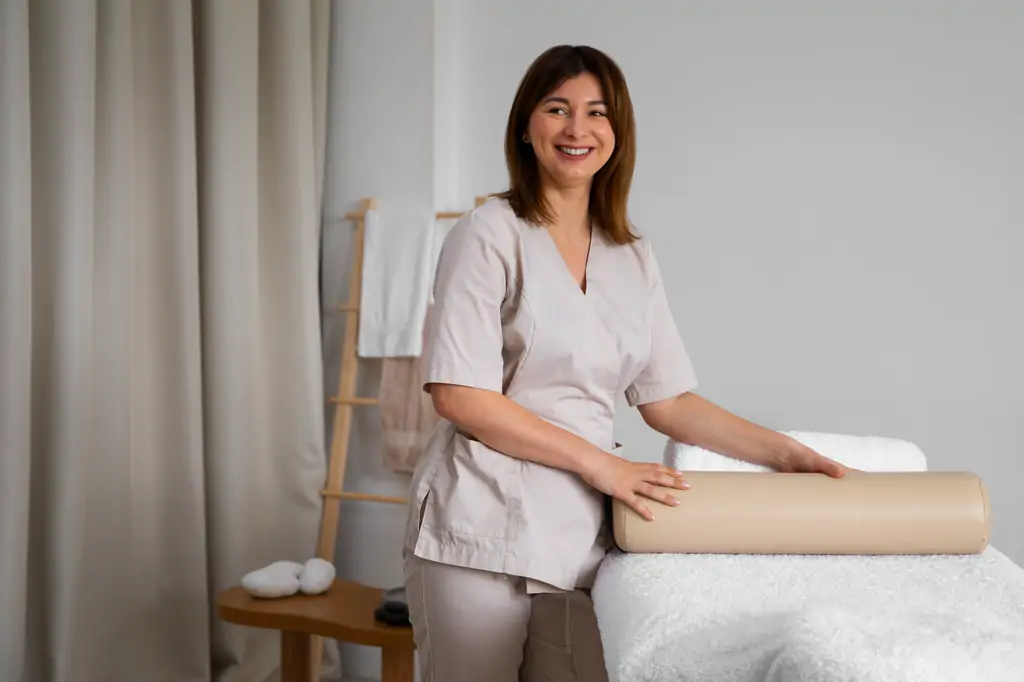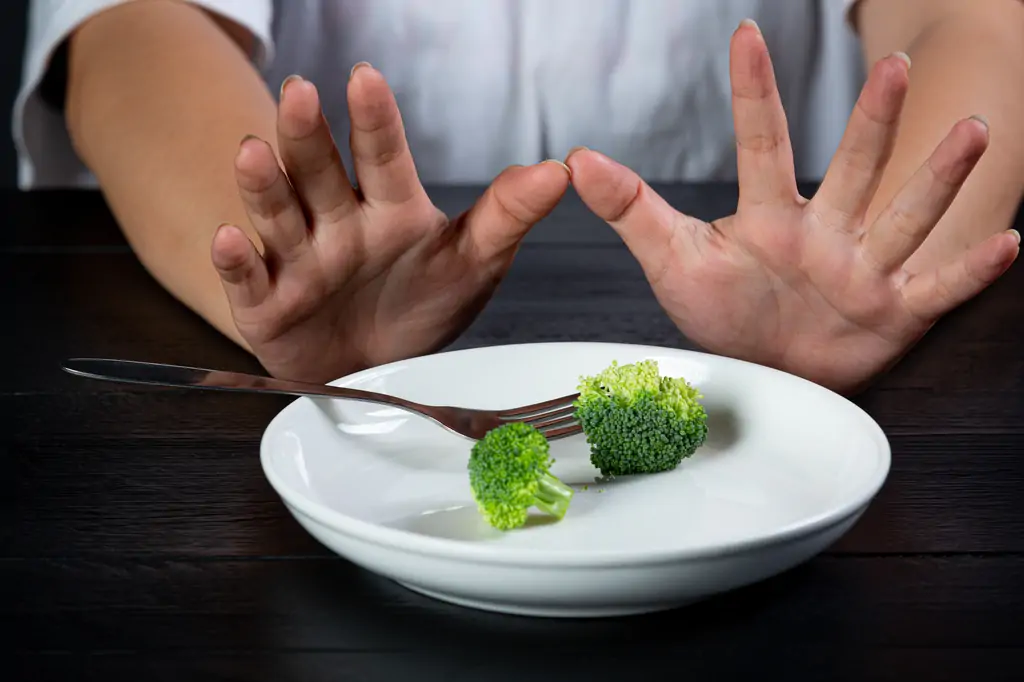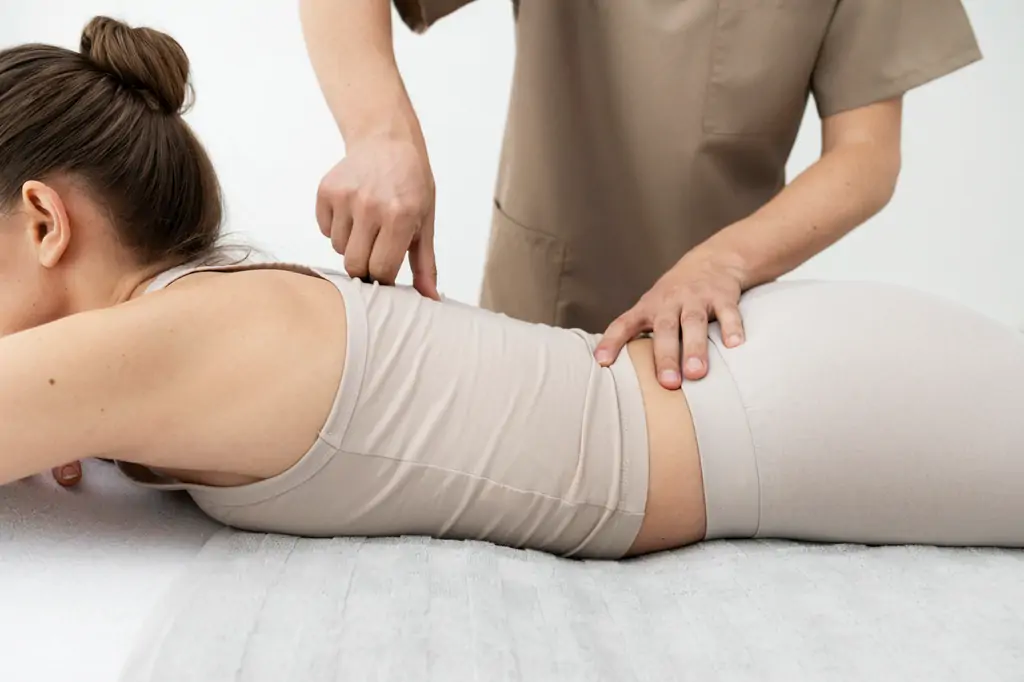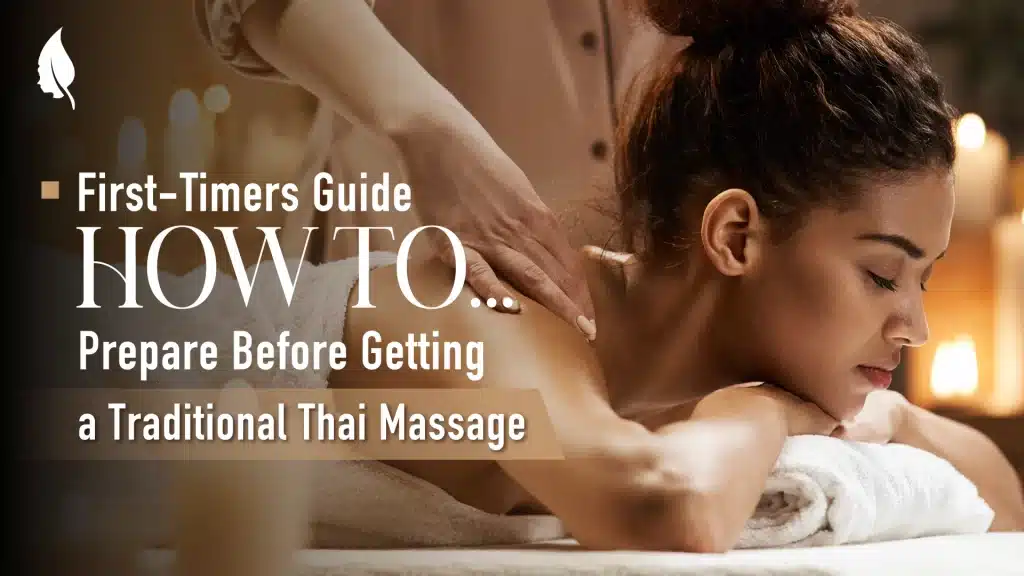Table of Contents
Introduction: Why Preparing for Thai Massage Matters
Traditional Thai massage has gained global recognition for its unique combination of stretching, pressure points, and energy line work. Unlike oil massages, Thai massage is performed on a mat with the recipient fully clothed, offering both therapeutic and relaxing benefits.
But if this is your first time, you may feel unsure about what to expect or how to prepare. Proper preparation helps you feel comfortable, enhances your overall experience, and ensures that you get the most out of your session.
In this guide, we’ll walk you through how beginners should prepare before going for a Thai massage, covering everything from clothing and etiquette to health considerations.

1. Understand What Thai Massage Is (and Isn’t)
Before booking your first appointment, it’s important to know what traditional Thai massage actually involves.
- Clothed session: You keep your clothes on, usually wearing loose-fitting attire.
- No oils required: Unlike Swedish or aromatherapy massage, Thai massage uses stretching and pressure rather than oils.
- Active participation: You’ll be moved into yoga-like positions, so expect some body involvement rather than lying still the entire time.
- Focus on energy lines: Therapists apply pressure along “Sen lines” to promote energy flow and balance.
Knowing this beforehand helps avoid surprises and allows you to prepare mentally.
2. Choose the Right Thai Massage Studio
Not all massage places offer the same quality of service. For a safe and authentic experience, consider:
| Factor | What to Look For | Why It Matters |
|---|---|---|
| Certification | Licensed therapists with Thai massage training | Ensures proper technique and safety |
| Clean Environment | Hygienic mats, fresh linen, sanitized space | Comfort and professionalism |
| Customer Reviews | Positive feedback on Google/TripAdvisor | Real experiences from past clients |
| Service Variety | Different session lengths (60, 90, 120 mins) | Flexibility to suit your needs |
Doing a little research before booking will give you peace of mind.
3. Dress Comfortably
Loose and stretchable clothing is ideal since Thai massage involves stretches and positions similar to yoga. Many spas provide traditional massage outfits, but if not, bring:
- Light cotton t-shirt
- Stretch pants or leggings
- Avoid jeans, skirts, or tight clothing
The more comfortable you feel, the easier it will be for the therapist to guide your body through stretches.

4. Eat and Hydrate Wisel
Timing your meals and hydration before your session is crucial:
- Avoid heavy meals: Don’t eat a large meal within 1–2 hours of your massage. A full stomach can make movements uncomfortable.
- Stay hydrated: Drink water before and after the session to flush out toxins released during the massage.
- Limit caffeine or alcohol: These can affect circulation and relaxation.
5. Communicate Your Health Conditions
Your therapist needs to know if you have any medical concerns to adapt the session for your safety. Be honest about:
- Chronic pain or injuries (back, knees, shoulders)
- High blood pressure or heart conditions
- Pregnancy (special precautions required)
- Recent surgeries
A professional Thai massage therapist will adjust techniques or avoid certain stretches depending on your health needs.
6. Know the Etiquette
For beginners, massage etiquette can feel confusing. Here are some simple tips:
- Arrive early: Give yourself time to relax and settle in.
- Turn off your phone: Avoid distractions to maximize relaxation.
- Be respectful: Thai massage is rooted in tradition and should be approached with respect for both therapist and culture.
- Tipping: While not mandatory everywhere, leaving a small tip is appreciated in most professional massage studios.

7. Manage Expectations
Your first Thai massage may feel very different compared to Western-style massages. You may experience:
- Mild soreness after the session: Similar to how you feel after yoga or stretching.
- Deep relaxation and increased flexibility: Your muscles loosen and circulation improves.
- Improved energy flow: Many clients report feeling recharged and more balanced.
Don’t expect immediate miracles in one session. Regular Thai massage brings the best long-term results.
8. Aftercare Tips for Maximum Benefits
What you do after the massage is just as important as preparation.
- Drink plenty of water to rehydrate.
- Rest for a few hours instead of rushing into strenuous activities.
- Stretch lightly the next day to maintain flexibility.
- Take a warm bath to soothe muscles if you feel sore.
Following these steps helps your body fully absorb the therapeutic effects.
Conclusion: Your First Thai Massage Experience
Going for your first Thai massage doesn’t need to be intimidating. With the right preparation—choosing a good studio, dressing comfortably, eating light, and being open with your therapist—you’ll be ready to enjoy a deeply restorative experience.
Remember, Thai massage isn’t just about relaxation; it’s about rebalancing the body’s energy, improving circulation, and enhancing overall well-being.
So, if you’re a beginner, take these tips to heart. You’ll walk out not only more relaxed but also better connected to your body and mind.
Founder and driving force behind Web Evolve Co., Ltd., a full-service website development and digital solutions company trusted by leading businesses across Thailand. With over 5 years of experience in the digital industry, he specializes in designing and developing websites that excel in both UX/UI and SEO — empowering businesses to grow sustainably in the digital world.











